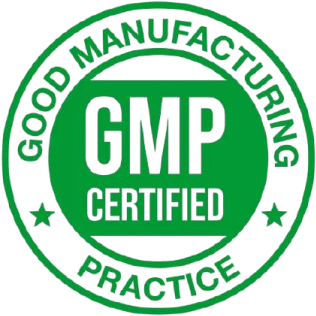
The journey of a life-saving medicine from concept to patient is one of the most rigorously controlled processes in modern industry. At Sanctus Global, we don’t just manufacture pharmaceutical products; we forge a commitment to public health, adhering to the highest standards of quality, safety, and efficacy.
Understanding what goes into manufacturing these vital products is key to appreciating the trust the world places in the pharmaceutical supply chain.
1. The Foundation: Good Manufacturing Practices (GMP)
The bedrock of all pharmaceutical manufacturing is adherence to Good Manufacturing Practices (GMP). These regulations, established by bodies like the FDA and WHO, ensure that products are consistently produced and controlled according to quality standards.
For Sanctus Global, GMP is more than a checklist—it’s a culture. This involves meticulous control over:
- Raw Materials: Sourcing only the highest quality, verified ingredients.
- Facilities and Equipment: Maintaining sterile, state-of-the-art facilities with calibrated, validated equipment.
- Personnel Training: Ensuring every team member is expertly trained and adheres to strict protocols.
- Documentation: Keeping comprehensive records of every step, from batch weighing to final packaging.
2. From Formulation to Final Dosage
The manufacturing process is a multi-stage operation requiring precision at every turn:
A. Dispensing and Preparation
This initial phase involves accurate weighing and measurement of all active pharmaceutical ingredients (APIs) and excipients (inactive ingredients). Even the smallest error here can compromise the final product’s quality and safety.
B. Processing (Blending, Granulation, Compression)
Depending on the final dosage form (tablets and capsules, etc.), materials undergo specialized processing:
- Blending: APIs and excipients are thoroughly mixed to ensure uniform distribution, guaranteeing that every pill or milliliter has the correct dose.
- Granulation: For tablets, powders are converted into granules to improve flowability and prevent segregation, leading to consistent compression.
- Compression/Filling: Granules are pressed into tablets, or powders are filled into capsules or vials, all under strictly controlled environmental conditions.
C. Coating and Finishing
Tablets often receive a coating for stability, to mask a bitter taste, or to control the release of the drug in the body (e.g., enteric coating). The product is then meticulously inspected.
3. Quality Assurance: Non-Negotiable
Quality is the lens through which every decision is made at Sanctus Global. Our Quality Assurance (QA) and Quality Control (QC) teams work independently to verify and validate every process.
- In-Process Checks: Operators constantly monitor key parameters (like blend uniformity, tablet hardness, and dissolution rates) during the run.
- Final Product Testing: The finished product must pass rigorous testing for purity, potency, stability, and sterility before being released for packaging. A batch is not approved until all specified quality standards are met.
4. The Sanctus Global Difference: Technology and Traceability
In an evolving global market, staying ahead means embracing technology. We utilize advanced manufacturing technologies, including automation and validated analytical instruments, to minimize human error and increase efficiency.
Furthermore, traceability is paramount. Every manufactured batch is tracked with comprehensive data, ensuring that we can instantly trace any product back to its raw material source and forward to its final distribution point. This commitment to transparency provides unparalleled peace of mind to our partners and the patients who rely on our products.
Sanctus Global is committed to setting the benchmark for pharmaceutical manufacturing excellence. When you partner with us, you are choosing a manufacturer that places compliance, quality, and the patient’s well-being at the heart of every operation.


